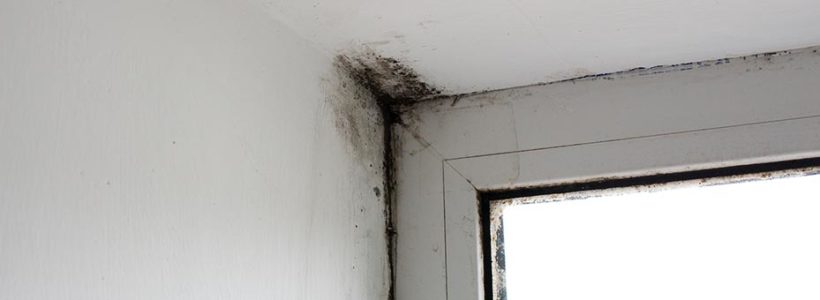Discovering Water Stains on Walls - Guidelines to Address Them Effectively
Discovering Water Stains on Walls - Guidelines to Address Them Effectively
Blog Article
This great article in the next paragraphs about Water Stains on Walls is truly enjoyable. You should investigate it.

Water stains on walls are not pleasurable to the eyes. Often it seems nearly inevitable to experience water stains on walls in homes.
Home owners living in humid areas continuously handle the fear of water stains on walls. But that doesn't need to hold true for you. With all-round as well as precise details on the reasons for water discolorations as well as timely repair processes, you will always be an action ahead of such occurrences. So, this post promises to be a practical overview for you.
3 Common Reasons For Water Discolorations on Wall Surfaces
Unlike common belief, water spots on wall surfaces do not always stem from bad building materials. There are a number of root causes of water discolorations on wall surfaces. These include:
Damp
When warm moist air meets dry cool air, it creates water beads to form on the walls of buildings. When there is vapor from cooking or showers, this takes place in kitchen areas and also shower rooms. The water droplets can discolor the bordering walls in these parts of your home and infect other areas.
Damp or condensation influences the roofing system and walls of structures. This triggers them to show up darker than other areas of the house. When the wall surface is wet, it creates an appropriate atmosphere for the growth of microorganisms and fungis. These may have negative results on wellness, such as allergic reactions and respiratory system conditions.
Poor Drainage
This will stop water from seeping into the wall surfaces. This web links to too much wetness that you observe on the walls of your building.
The leading reason of wet walls, in this instance, can be a poor water drainage system. It can also be because of poor administration of sewage pipelines that run through the structure.
Pipe Leaks
The majority of residences have a network of water pipes within the wall surfaces. This makes sure that the pipes are faraway from the reach of destructive rats. It constantly raises the practicality of such pipelines, as there is little oxygen within the walls. This prevents rust.
Yet, a downside to this is that water leak influences the walls of the building and causes extensive damage. An indicator of faulty pipelines is the look of a water stain on the wall surface.
Pro Suggestion
A houseplant in your house also increases its moisture. So, if the house is already humid, you might want to present houseplants with minimal transpiration. An example of appropriate houseplants is succulents.
Water Stains on Wall: Repair Service Tips
When dealing with water stains, homeowners would generally desire a quick solution. Yet, they would certainly quickly realize this is counterproductive as the water spots reoccur. So, below are a couple of valuable ideas that will direct you in the repair service of water discolorations on wall surfaces:
Conclusion
No one wants to have water discolorations on wall surfaces in their residence, it can happen to the finest of us. This short article offers you leverage, as you now know exactly how to manage this incident if it does happen.
It is always best to recruit specialist services to help take care of the damages in your house.
Sometimes it seems virtually inescapable to experience water stains on wall surfaces in residences.
In contrast to popular belief, water spots on wall surfaces do not constantly stem from inadequate building materials. There are several causes of water stains on walls. The water droplets can stain the bordering wall surfaces in these parts of your residence and spread to various other locations.
Here are a couple of practical tips that will certainly direct you in the repair of water discolorations on wall surfaces:
What Causes Water Stains on Walls and Ceilings?
What Causes Water Stains?
Leaks cause water stains no matter whether on walls or ceilings. Potential sources are bathroom elements like an overflowing toilet, bathtub, or sink. A damaged roof allows precipitation to leak, causing staining, and leaky pipes also cause water stains. Whatever the leak source, water finds its way into places it shouldn’t, eventually evaporates, and leaves behind mineral deposits that cause the unsightly discoloration known as a water stain.
What Do I Do If I See Water Stains?
If you notice water stains or water damage, a closer inspection is needed. First, determine whether active moisture exists. If so, you may have an active leak requiring a greater sense of urgency. If you have an active leak, you’ll want to get someone over as soon as possible. On the other hand, dry water stains could be from a one-time event and a relative non-issue. In either case, we recommend hiring a professional plumber to inspect the stains and the leak source to determine the root cause and avoid further water damage.
https://www.orlando-plumber-services.com/blog/what-causes-water-stains-on-walls-and-ceilings/

Do you really like reading up on How to Remove Water Stains from Walls and Ceilings? Post feedback below. We'd be pleased to see your insights about this blog. We hope to see you back again later on. I beg you set aside a second to promote this post if you enjoyed it. Thank you for your time. Please pay a visit to our website back soon.
Efficient help? Call! Report this page